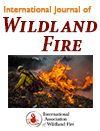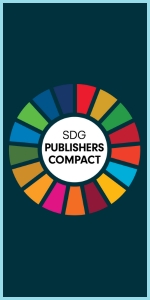High greenness is related to low spread rates, and fires spreading in the growing season showed a drastic reduction in spread. High risk related to common fire weather ratings was associated with low ROS.
WF24079 Abstract | WF24079 Full Text | WF24079PDF (1.7 MB) Open Access Article





